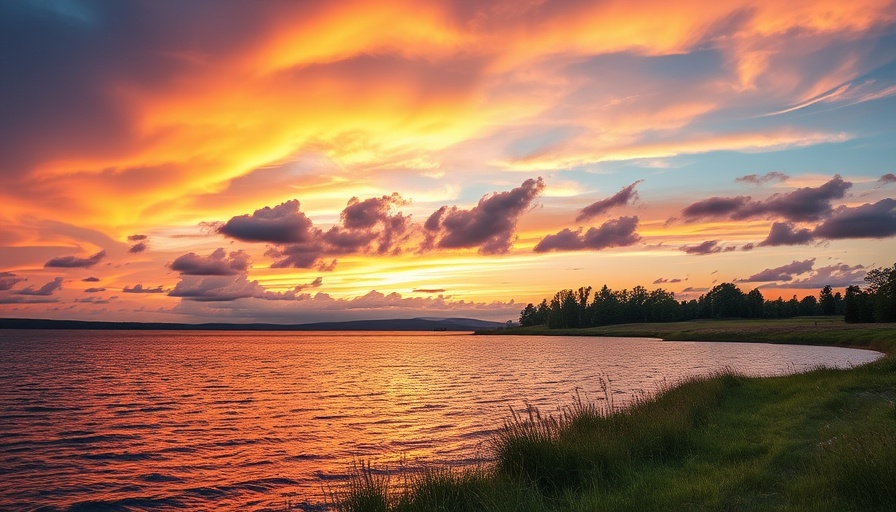
An Indigenous-Led Restoration Initiative Takes Center Stage
Lake ?m?pere, situated in the pristine northern region of New Zealand, is kicking off a robust revival initiative designed to reverse decades of ecological decline. This ambitious effort, spearheaded by the Lake ?m?pere Trust, not only aims to restore water quality and biodiversity but also seeks to rekindle the cultural significance of the lake to the Ng?puhi people. Gaining recognition on a global scale, this project is set to be showcased at the upcoming World Lake Conference in Brisbane, Australia, where industry leaders and researchers will convene to discuss best practices in lake management.
Why Lake ?m?pere Matters
With a history that stretches back centuries, Lake ?m?pere once served as a vital food resource for the local community. However, over the last two hundred years, deforestation and sedimentation have significantly diminished its capacity. Once a vibrant aquatic ecosystem, the lake is now plagued by toxic algal blooms and fluctuating water levels, jeopardizing its ecological integrity and community health. The restoration plan seeks to address these critical issues holistically, combining indigenous wisdom with scientific data to create a comprehensive action plan.
Collaborative Efforts Lead to Success
The Lake ?m?pere Trust is committed to a collaborative approach, engaging local wh?nau, hap?, and iwi (community groups) while also enlisting the support of scientific experts from prestigious organizations. The initiative has garnered backing from the National Institute of Water and Atmospheric Research (NIWA), the Department of Conservation, and other stakeholders, culminating in an inclusive plan that balances ecological restoration with community needs.
The Trust's trustee, Ani Martin, noted the importance of this cooperation, stating, "What is most important is bringing multiple stakeholders together to create a shared vision for the lake's future." Their plan adopts innovative strategies aimed at implementing green infrastructure for flood and water resilience, ultimately leading to a healthier ecosystem.
A Glimpse into the Future: Adoption of Best Practices
The upcoming World Lake Conference provides a platform for the Trust to share insights and gather feedback on their restoration plan. Highlighting successful case studies from other regions, such as the revitalization of Lake Taihu in China, could inspire similar approaches, showcasing how regeneration efforts can yield positive outcomes for communities and ecosystems worldwide.
Engaging Local Communities for Lasting Change
Engaging local communities forms the backbone of the Lake ?m?pere restoration project. By educating residents on ecological practices and the importance of maintaining water quality, the initiative hopes to foster a sense of stewardship among the community. The integration of traditional knowledge with modern science exemplifies how collaborative efforts can lead to improved environmental outcomes.
The Role of Scientific Evidence in Environmental Restoration
Scientific research is pivotal in shaping the Lake ?m?pere restoration plan. Technical reviews conducted by NIWA have laid the groundwork for understanding the lake's current conditions and the steps required for its revival. This scientific foundation reassures the community and stakeholders that restoration efforts are evidence-based and likely to yield tangible results.
Conclusion: A Call for Global Participation
As the spotlight shines on Lake ?m?pere at the World Lake Conference, it's crucial for the global community to recognize the significance of such initiatives. The successful restoration of lakes not only enhances biodiversity but also supports local cultures and communities. Everyone, from local residents to international experts, has a role to play in preserving these vital ecosystems that are essential for our planet's health.
 Add Row
Add Row  Add
Add 






Write A Comment